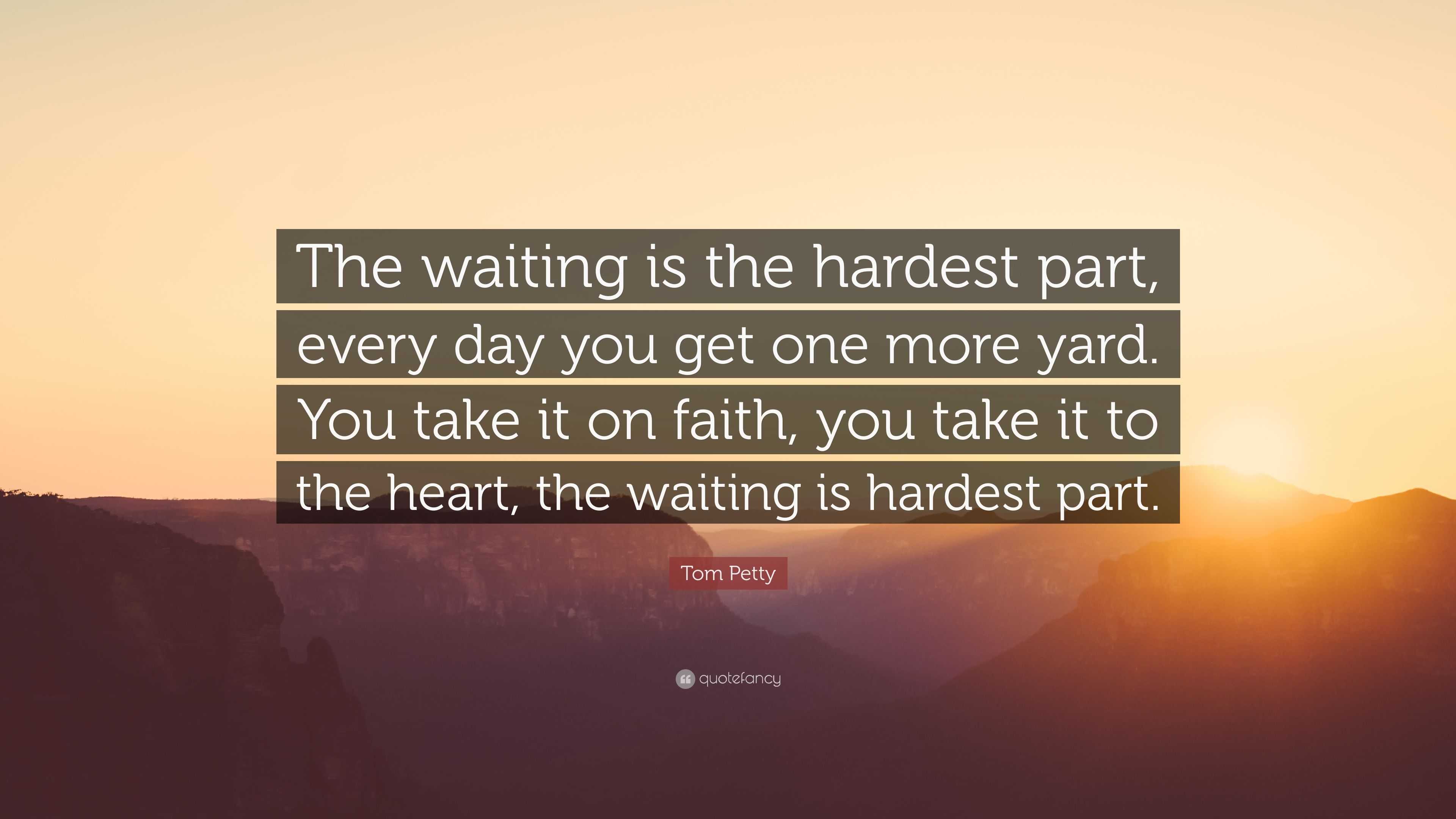

This one will always remind me of one of the first house parties I ever attended. Petty’s were songs you shared with other people, because, quite simply, everybody else liked them too. He was, constitutionally, Not Stressed About It. Tom Petty was good like that, halfway between a jester and a saint. Depending on how it catches the light, the line’s either a joke about how he can’t think of any more lyrics to round out the verse, or the kind of Zen-like, life-encompassing epithet you’d want carved on your tombstone. “Think of me what you will, I’ve got a little space to fill,” he sings near the end. What public deployments have they successfully provided? Are the QKD performance specifications appropriate for your project? Two of the most important areas of performance include distance capability and secret key generation rate.Īrming yourself with this information will ensure a successful QKD deployment for your organization.įorbes Technology Council is an invitation-only community for world-class CIOs, CTOs and technology executives.Lindsay Zoladz : What a benevolent, golden-hour shrug of a song, sung by a gaunt Buddha with a fat joint between his grinning lips. How sensitive is the data? Does it have a long intrinsic shelf life like personal medical information? Then, conduct an evaluation of the providers of QKD hardware. You should also ask yourself the question about the data itself. For example, you would most likely want to secure your data transport to your cloud provider. So, how should an organization begin to explore a secure QKD deployment? Step one is to evaluate your organization's main data streams. And QKD also protects information in the event public-key encryption-the security ubiquitously used today-is broken, which is expected to be before there is a quantum internet.įor security-minded industries like financial services and government, QKD means you can stop waiting for repeaters and memory technology advances to enable a true quantum network and gain quantum-level security now.

It’s all going to enable distributed quantum computing that will lead to a quantum internet.Īn investment in QKD leads to an investment in the future of the quantum internet. The good news is that everything that we see in quantum today is pushing us in the right direction. Not only is QKD immune from those difficulties, but it has the proven ability-today-to span entire metropolitan areas. Successful and stable entanglement is also a crucial part of creating quantum repeaters and memory technologies. Entangled photons are much more sensitive to environmental changes such as temperature or vibrations-basically, everything they would be exposed to in a real-world setting buried beneath busy city streets, with trucks rumbling by overhead. While entanglement will open up quantum networks to much larger distances, they currently face drawbacks. Entanglement means that a pair of photons (each containing qubits of data) stay connected, no matter how far apart they may be. Stage two of the Delft team’s six stages of quantum computing is intended to go beyond QKD by creating entanglement distribution networks. The attack is known immediately, and the data is unreadable because only the original sender and receiver have the key to decrypt the communication. The interruption in the transmission alters the state of the qubit. The value of QKD-protected data is that even if it is intercepted in a “harvest now, decrypt later” attack, it is unusable to the hacker. The project uses quantum key distribution, or QKD, to secure point-to-point data transmissions. Luckily, stage one has a solution that is available to commercial buyers today.įor example, BT and Toshiba partnered last year to launch a private quantum-secured network for joint client EY, connecting two of its sites in London. We’re currently in about stage one, or proto-quantum networks.


 0 kommentar(er)
0 kommentar(er)
